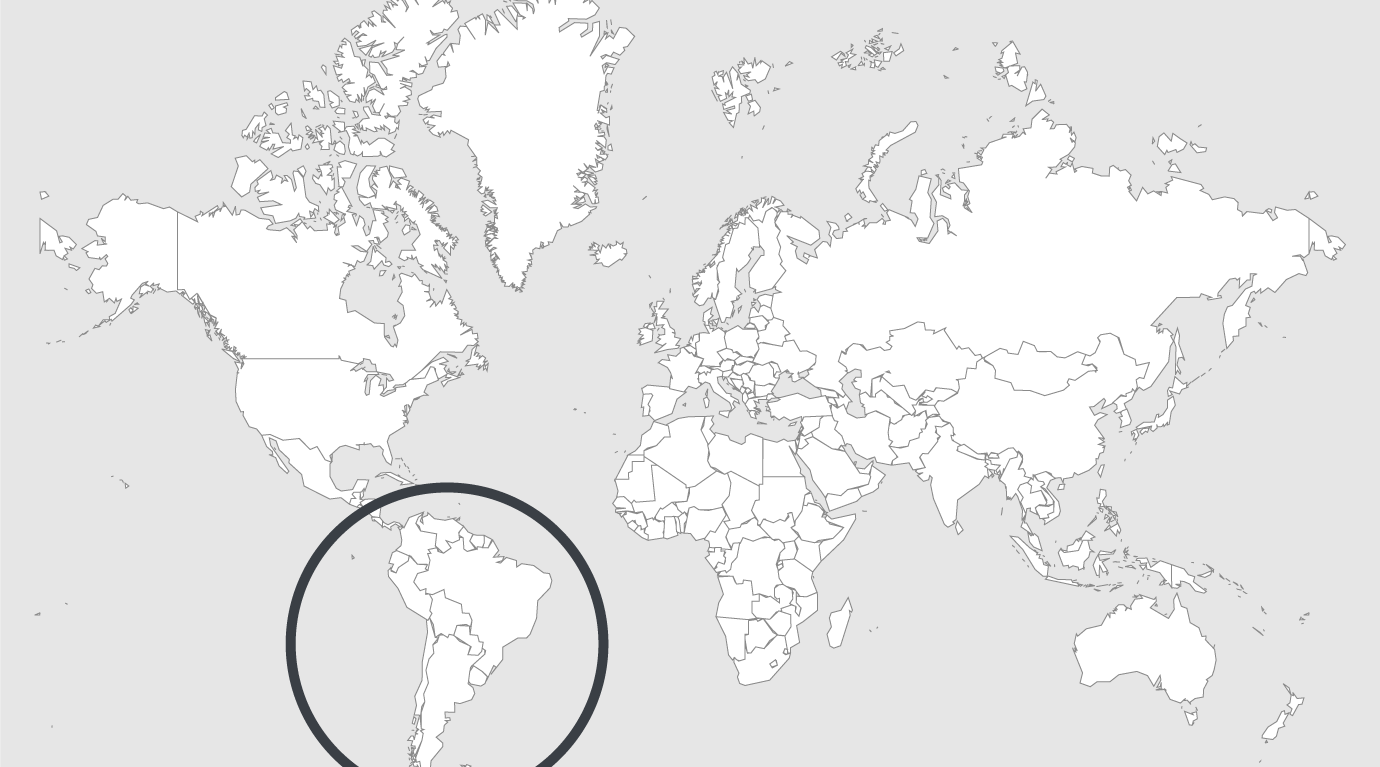
Explore
Argentina: "The phone is everything to me"
How cellphones transformed life at a women’s prison in Argentina.
When Paola, 35, heard she and her cellmates would be allowed mobile phones in their prison cell at the start of the global Covid-19 pandemic in March 2020, she celebrated ecstatically. “It felt like freedom,” she recalled. “But they were juste cellphones!” After one of her fellow inmates in the Penitentiary Unit 47 in Buenos Aires’ northern district of San Martín gave her a phone as a gift, Paola’s first call was to her neighbor, whose number she knew by heart, to ask him if her son was around. She wanted to ask for his cellphone number, so they could chat.
Paola, who, like the other women Rest of World spoke with for this story, asked to be referred to by only her first name, was already six months into her 4-year-sentence when — for the first time in the penitentiary — the Argentine government approved cellphones for inmates just as the first global Covid-19 outbreak spread. On March 20, 2020, Argentine President Alberto Fernández announced a strict quarantine that would extend into the majority of that year. For prisons, it meant no visits, in-prison classes, or work outings. The isolation that most of the world went through during those first days of the pandemic was extreme for those inside jails: The ties with the outside world were completely severed, thanks to a pandemic that spread disease and fear on both sides of prison walls.
Paola speaks to her son on the phone in a courtyard at Penitentiary Unit 47 in Buenos Aires, Argentina. Ten days later, the Province of Buenos Aires’ Court of Appeals authorized the use of cellphones for inmates in the province. Buenos Aires has the highest number of prisons and detainees in the country, with an overpopulation rate of 111% across 66 detention facilities. The Penitentiary Unit 47 is one of them; it’s a mixed-gendered prison with ten wards for men and four for women. Rest of World spoke to inmates, criminal defenders, and law experts in the province to see how access to devices and the accompanying technology changed daily life in the prisons, not just for the inmates and their defenders, but for the guards and officers as well.
